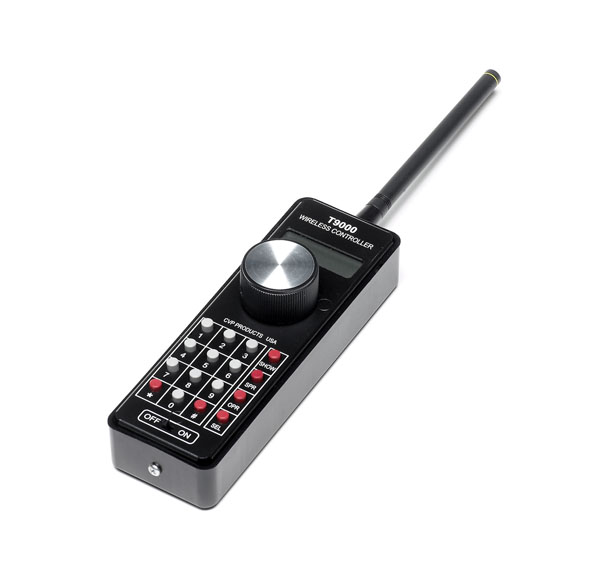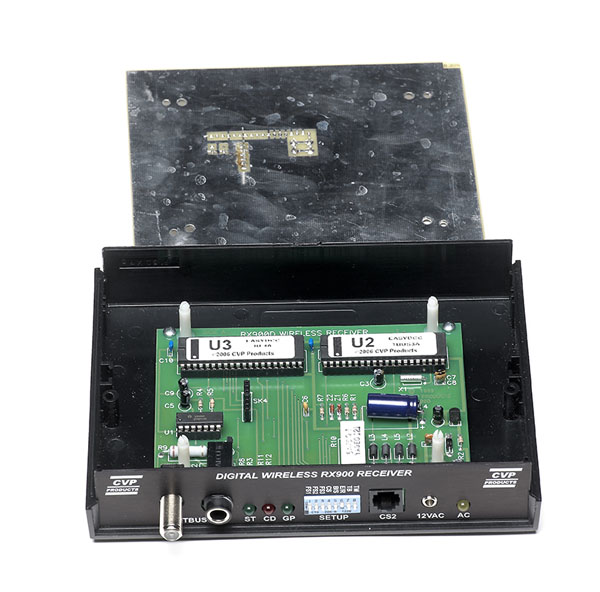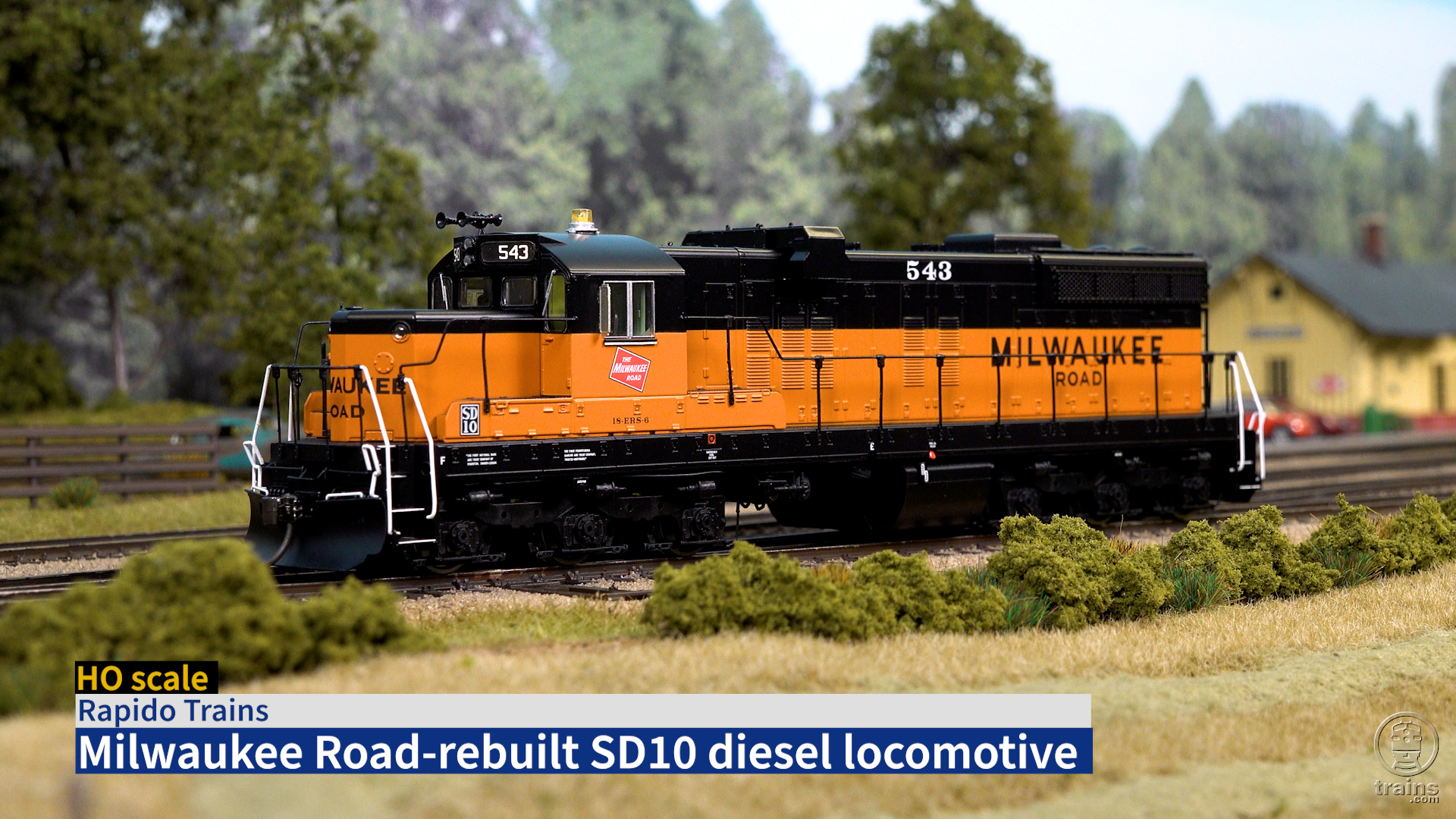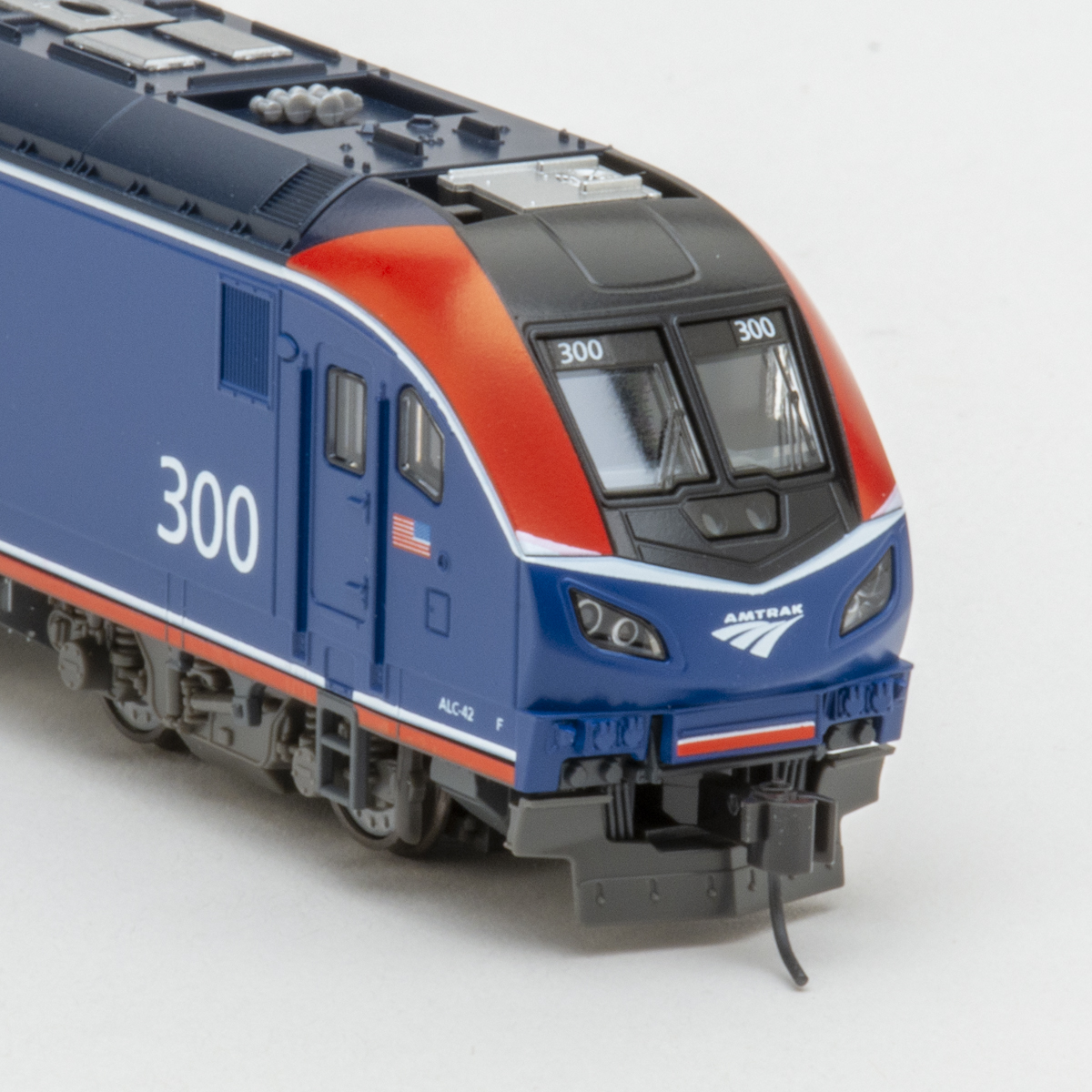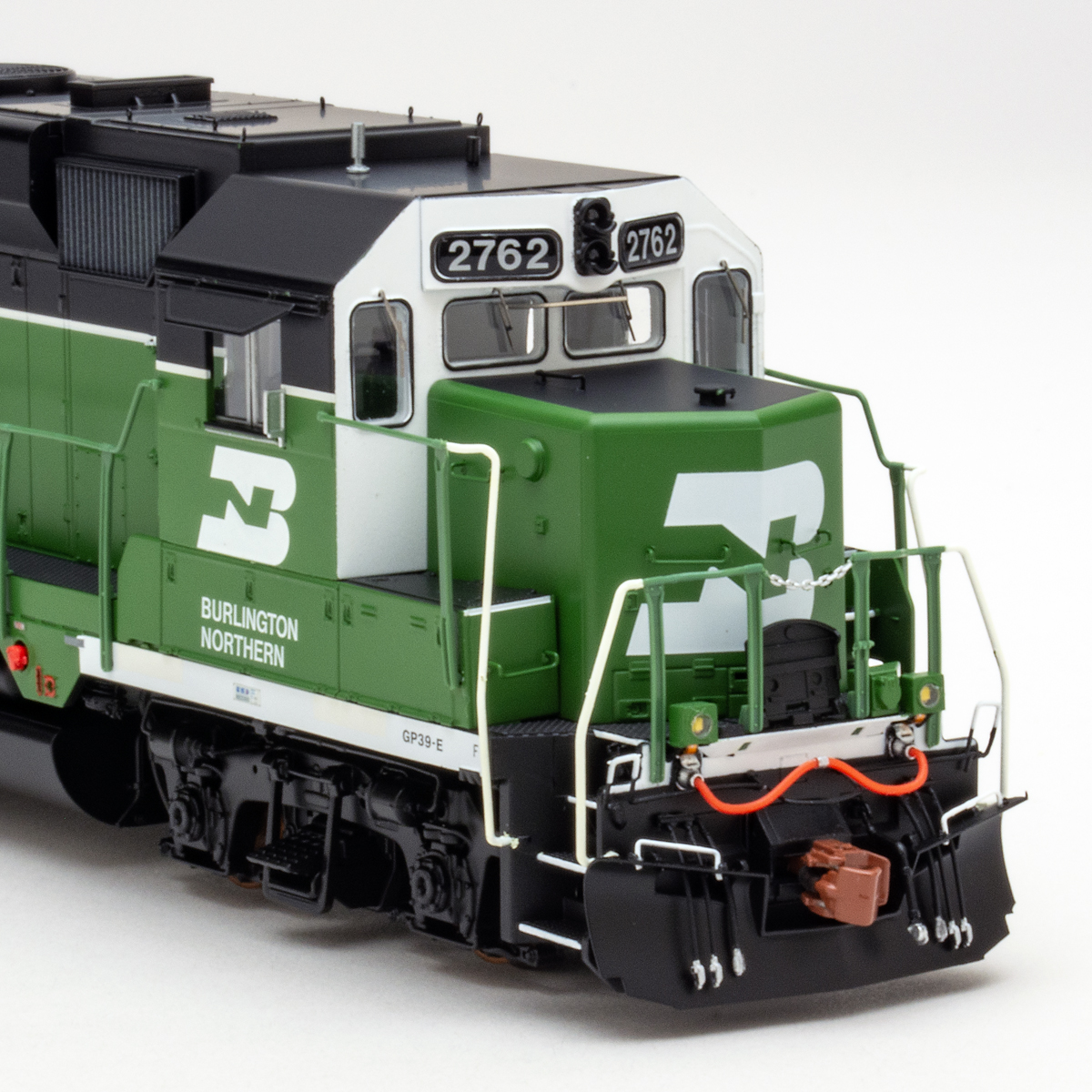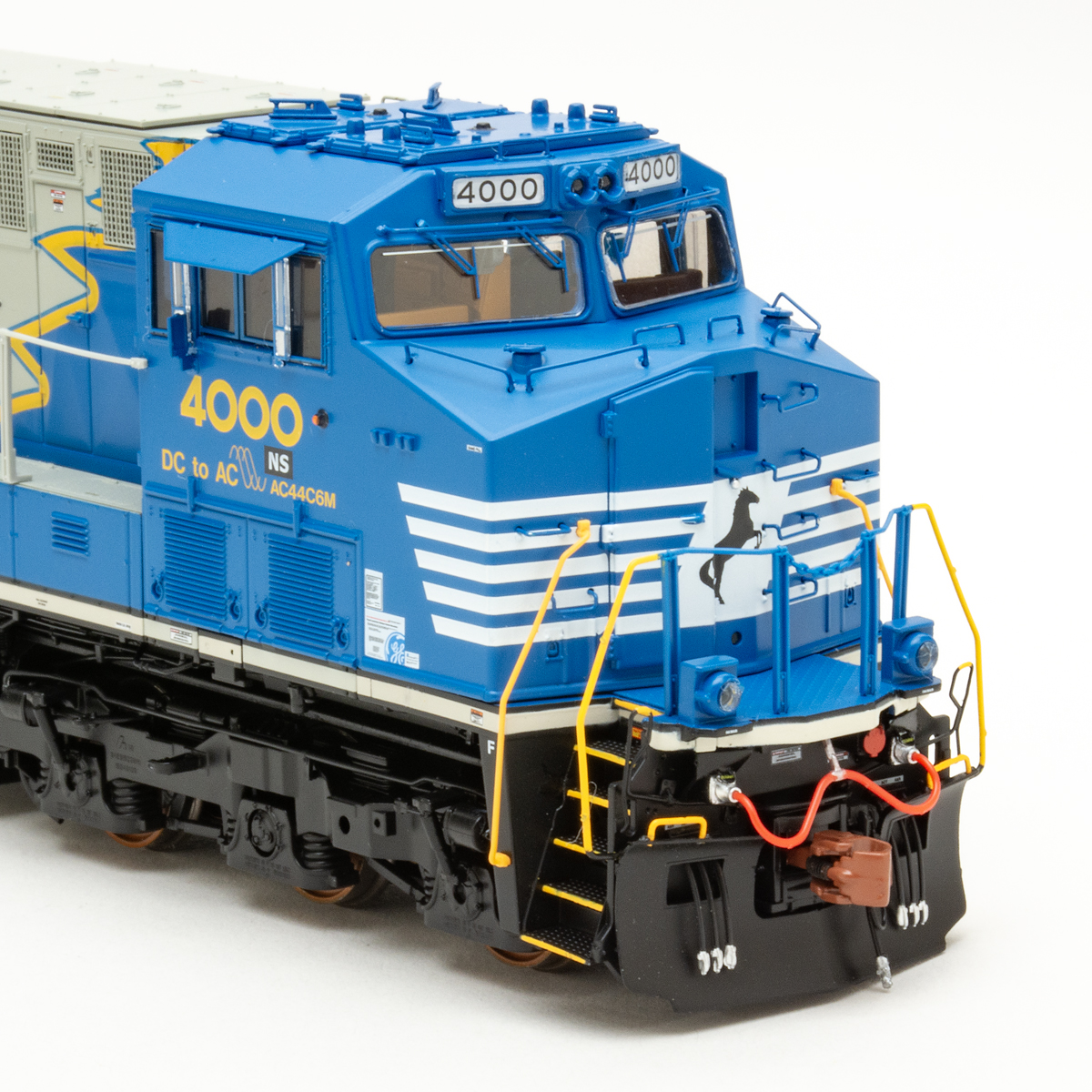I tested a sample of the T9000E on Kalmbach’s HO scale club layout, the Milwaukee, Racine & Troy, which is equipped with an EasyDCC system. Part of what makes the T9000E work so well is some new operating software for CVP’s wireless EasyDCC system. This software has improved the response time of commands sent via the EasyDCC wireless cabs. The activation time of a function, such as a locomotive’s horn, is now nearly instantaneous.
Also, the reworked EasyDCC system now uses an additional receiver for layouts requiring more than eight throttles. When operating in scan mode (the most reliable setting) the two receivers can support as many as to 16 cabs assigned to individual channels. The new configuration makes for more reliable and faster communication between all cabs and the command station. (A complete explanation for setting up a layout with EasyDCC components is given in the firm’s Installation, Operation, and Reference manual.)
Another difference is that the cab has an encoder knob that can be spun continuously in either direction. Admittedly, after using previous generations of CVP cabs for years with potentiometers for speed control (having a definite start and stop position), it took me a bit to get used to the encoder knob. Using the encoder in conjunction with the speed-step display definitely helped. To change direction of a locomotive, you simply press the knob down until it makes an audible click.
The new cab also has a memory feature that can store up to 15 locomotive addresses. Scrolling through the memory to recall a locomotive is as easy as pressing the show button, the 1 key, and then using the encoder knob to preview the choices. This could be a very useful feature when hostling engines in a terminal.
To test the T9000E’s range, I placed a sound-equipped locomotive on the track and activated the bell and horn as I walked around the train room – then down the hall to the workshop – then deeper into the Kalmbach office building. When I was too far away to hear the locomotive any longer, I sat in my office on the other side of the building and conducted my test while talking on the phone with associate editor Cody Grivno, who was in the layout room. From my office I could still operate the horn, bell, and speed control with reliable results – more than 150 feet from the receiver and through seven steel-stud walls!
Because of a supply problem, CVP can no longer provide upgrade chips for the older TX904 wireless cabs. However, you can still use the older TX904 cabs alongside the newer RF1300 and T9000E cabs if you use a second RX904 receiver with a WR904 chip installed.
The EasyDCC system has been around for years, and CVP has a tradition of building rugged and reliable components that can be upgraded again and again as the firm develops new features for the system. The T9000E and the latest software upgrades are fine examples of that heritage.
Price: T9000E $219; RX904G1
receiver $99; WR600G1
receiver upgrade chip set $20;
W6-01 RF1300 upgrade chip
$15; DCC620M command
station upgrade chip with user
manual $49
Manufacturer
CVP Products
P.O. Box 835772
Richardson, TX 75083
www.cvpusa.com
Description: Wireless Digital Command Control (DCC) throttle system





